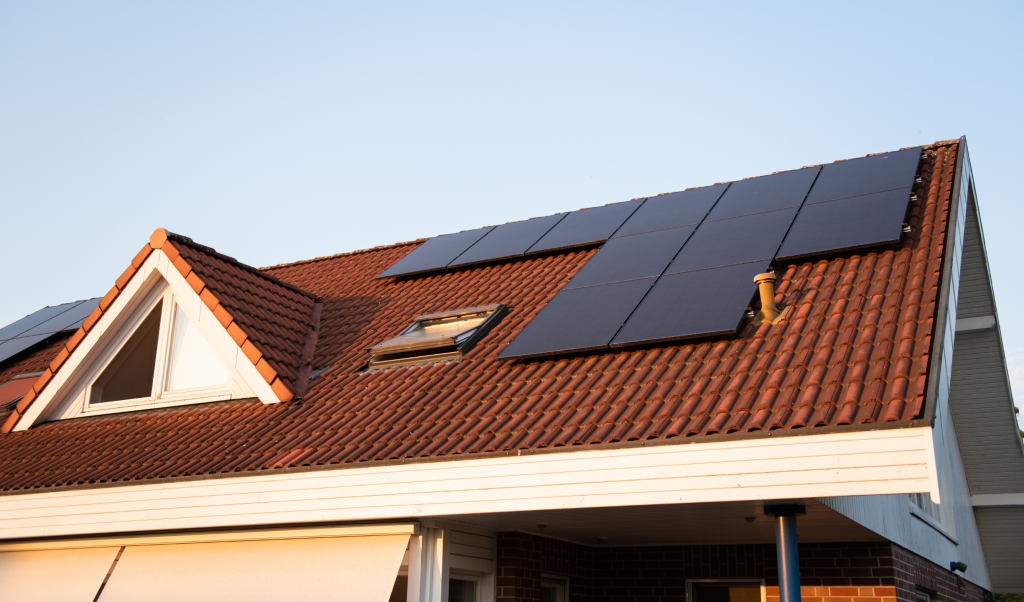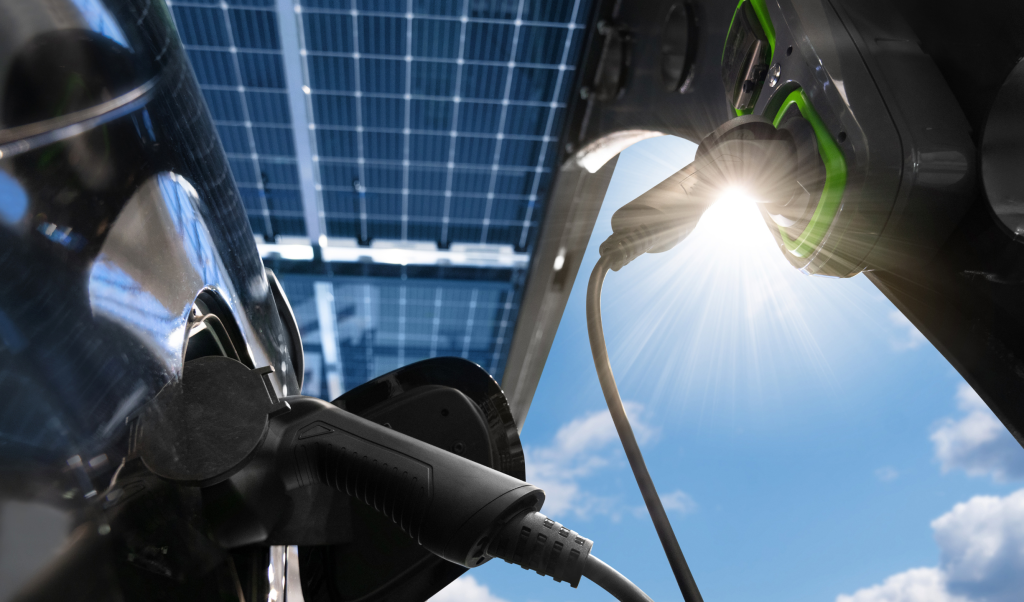We’ve seen more and more homes and businesses transitioning to a greener way of producing electricity using solar power. As a renewable resource, utilising the sun’s energy means a more sustainable, long-term solution to meet our ever-growing energy needs. However, it’s one thing to talk about a “solar system” or “solar PV,” and it’s another thing to understand it! This post will go through the key components, including the panels themselves, the inverter, the all-important cabling as well as some additional components such as batteries, hot-water diverters and EV chargers. Our thoughts at First Class Solar are that the more we can help you understand these components, the better you know what will suit your needs!
Solar Panels
Solar or photovoltaic (PV) panels are essential in capturing the sun’s energy and creating electricity. First Class Solar uses only Tier 1 solar panel brands with standard warranty times of 25 years.
Check out our blog “The Basics of Solar Energy” to learn more!

Inverters: String and Hybrid
Inverters are essential components of any solar power system – they make the electricity that the solar panels create, usable in our homes! They do this by converting the direct current (DC) generated into alternating current (AC) used by most household appliances.
- String Inverters are a common type of inverter and are connected to multiple solar panels. These panels are strung together in series, and the inverter converts the collective DC output into AC. String inverters are cost-effective and generally easier to install. String inverters however, are not compatible with solar battery storage.
- Hybrid Inverters, on the other hand, integrate the functions of a string inverter with the ability to connect to a battery storage system. This flexibility allows users to store excess energy for later use, providing backup power during low-production/high-usage times or at night. Hybrid inverters are ideal for those looking to future-proof their solar systems by adding storage capabilities.
Cabling
In order for the electricity from the solar panels to reach your inverter and then the appliances within your home, there needs to be some cabling to connect them. Depending on your meter and consumer unit location, our team will discuss the best options for your cable runs to ensure they are as invisible as possible!
Optional Add-Ons
Batteries: Pros and Cons
Solar batteries store the surplus energy generated by solar panels for later use, increasing the self-sufficiency and reliability of a solar PV system. First Class Solar uses only lithium-ion solar batteries.
Pros:
- Energy Independence: Lower reliance on the grid by storing excess energy for use during peak hours.
- Cost Savings: Many customers utilise the Economy 7 tariff, whereby their day-rate for electric is higher than their night rate per unit. By using stored energy from your battery during peak pricing periods, users can reduce their electricity bills.
- Environmental Benefits: Storing green solar energy reduces reliance on fossil fuels, contributing to lower carbon emissions.
Cons:
- Initial Cost: Solar batteries can be expensive, increasing the upfront investment in a solar power system.
- Limited Lifespan: Batteries degrade over time and typically need replacement every 5-15 years, depending on the type and usage.
- Efficiency Losses: Some energy is lost during the conversion and storage processes, which can reduce overall system efficiency.
Hot-Water Diverters
Hot-water diverters do exactly what they say: they send excess solar energy to your hot tank to heat your water, reducing the need for grid electricity or gas. This can significantly lower energy bills and increase the overall efficiency of a solar power system. Here in Northern Ireland, our customers find that they have “free” hot water through their diverter for between 6-8 months of the year! First Class Solar uses the MyEnergi Eddi diverter for customers wanting to make the most use out of their solar. We do require a hot tank, and an immersion with a thermostat for the Eddi to work for you.
EV Chargers
Electric vehicle (EV) chargers are an increasingly popular component of modern solar power systems. Integrating a solar-compatible EV charger means homeowners can use their solar-generated electricity to help power their vehicles. First Class Solar installers tend to use the MyEnergi Zappi, a UK-made product which is solar-compatible.

As you can see, there’s a lot to every solar PV system. By understanding each component, we can help you gain the most out of your solar system by making sure it works for you! Our expert technicians can talk you through each part of your specially designed system, and will work with you to carefully select what will work – with the aim of saving you money, greater energy independence, and environmental sustainability. Whether you are considering a new solar installation or upgrading an existing one, being informed about these key elements will help you make the best decisions for a greener future.

